
In the towns of Jawor and Świdnica, in the Silesia neighborhood of Wroclaw, Poland, stand two magnificent timber-framed churches. The Holy Roman Emperor who ordered them built never expected to see them completed. In fact, he never wanted them built in the first place, for they were Protestant churches. But against all odds and under tremendous political and physical constraints, the Protestants displayed extraordinary resourcefulness, managing to complete three churches of such scale and complexity that was unknown in European wooden architecture. To date they are the largest wooden churches in the world.
For much of early modern history, Europe was engaged in bloody religious wars fought between the Roman Catholics and the Protestants. Most of these wars came to an end with the Peace of Westphalia in 1648, which gave each ruler the right to determine the religion of his own state. The terms of the treaty also required the ruler to exercise tolerance towards other minority religions allowing their followers to practice their faith freely.
At that time Silesia had a large number of Lutheran followers, and according to the principle of cuius regio eius religio, upheld by the Peace of Westphalia, which authorized the ruler to impose his own religion upon those who he or she ruled, the Holy Roman Emperor, Ferdinand III, who was a zealous Catholic, abolished the Lutheran church, thereby depriving its followers the right to practice their faith. It was only through Swedish diplomatic intervention that Ferdinand III reluctantly gave the townsfolk permission to build three churches.
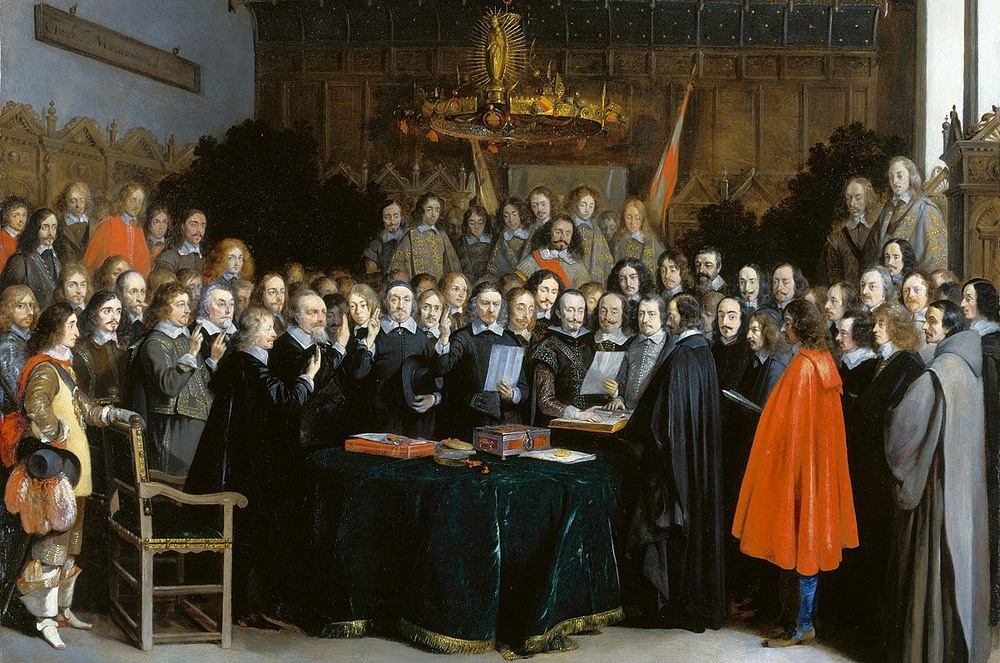
The Ratification of the Treaty of Münster, 15 May 1648, by Dutch painter Gerard ter Borch (1617–1681)
In order to make sure the churches never got built nor lasted long, the Emperor set down certain conditions that were difficult to comply with. The churches had to be built exclusively of perishable materials, such as wood, straw and clay, and their construction was to be completed within one year. These restrictions, together with the need to provide adequate space for the large Protestant community, forced the architect, Albrecht von Sabisch, a prominent master-builder and fortification designer, to implement a pioneering constructional and architectural solution. Using traditional materials and technologies, the architect created a set of buildings that “represented the pinnacle of timber-framing construction technology”.
“The Churches of Peace are among the latest examples of an architecture that combines post-and-beam construction (building with one-piece wall-high posts) with the techniques of halved joints,” writes UNESCO. “The structural framework of regularly placed uprights and horizontal connecting rails is reinforced by means of diagonal crossed struts that are inserted in the posts and rails in a way that makes shifting of the structural framework impossible.”
In spite of the impermanence of the materials used, these churches—with the exception of one—are still standing more than 350 years later
The first Church of Peace—named after the Peace of Westphalia—was built in Glogow in 1651, but it was destroyed by a violent storm in 1654. A new church was built the following year, but this also burnt down in 1758. The Church of Peace in Jawor was built in 1654-55, and the one in Swidnica was built in 1656–57.
Leading image: The Church of Peace in Swidnica by Haidamac/Shutterstock.com
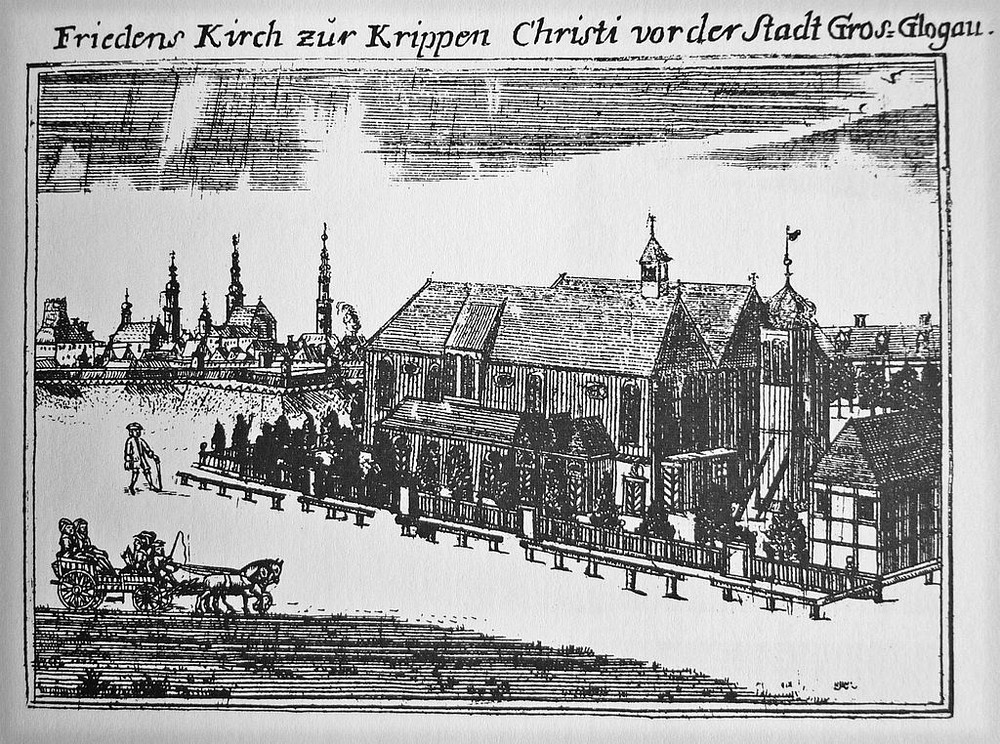
The Church of Peace in Głogów, which was destroyed in 1654. Image credit: SchiDD/Wikimedia
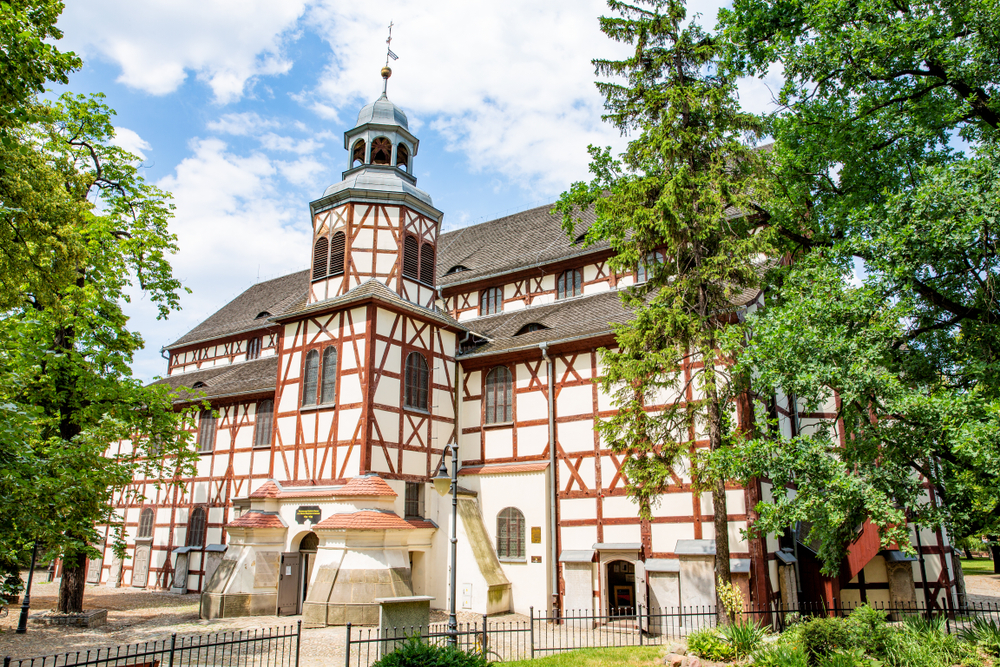
The historic Church of Peace in Jawor. Photo credit: Traveller70 / Shutterstock.com

The Church of Peace in Jawor. Photo credit: canon_shooter/Shutterstock.com
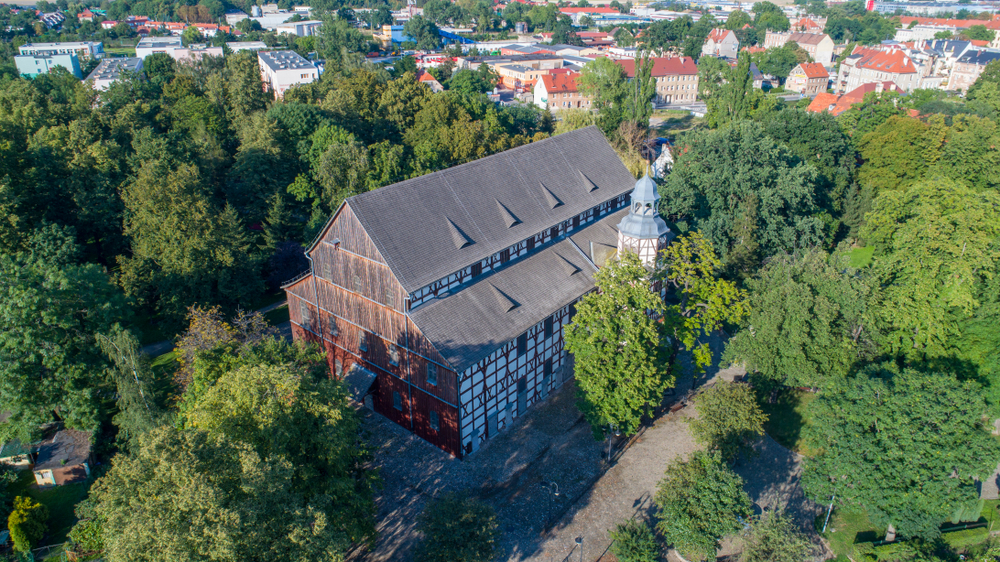
Church of Peace in Jawor. Photo credit: aakawkin / Shutterstock.com
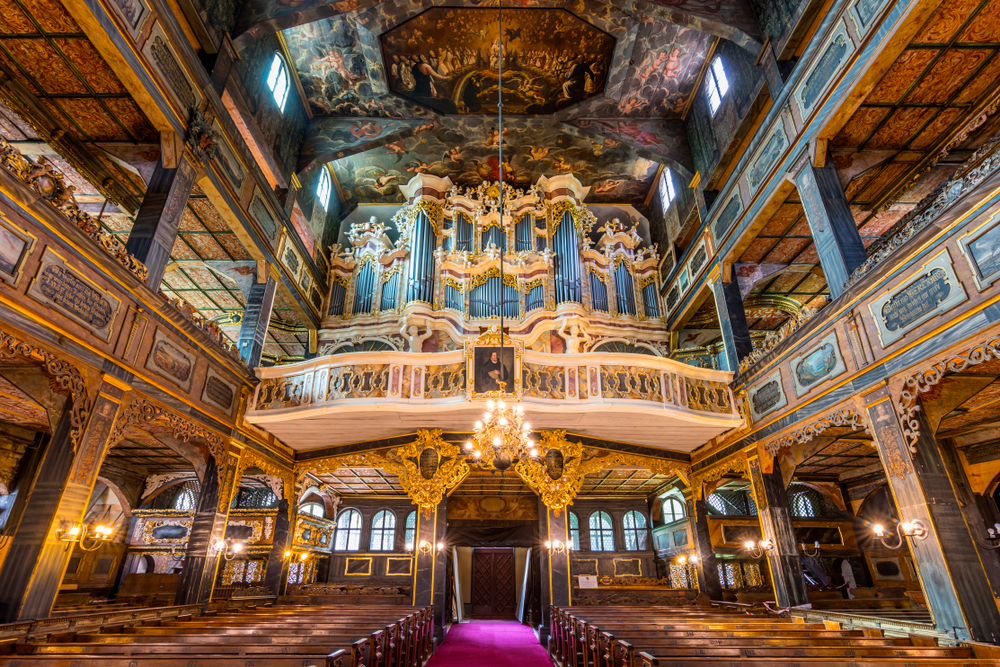
Interior of magnificently decorated Church of Peace in Swidnica. Photo credit: Wojtkowski / Shutterstock.com

Interior of magnificently decorated Church of Peace in Swidnica. Photo credit: Wojtkowski / Shutterstock.com
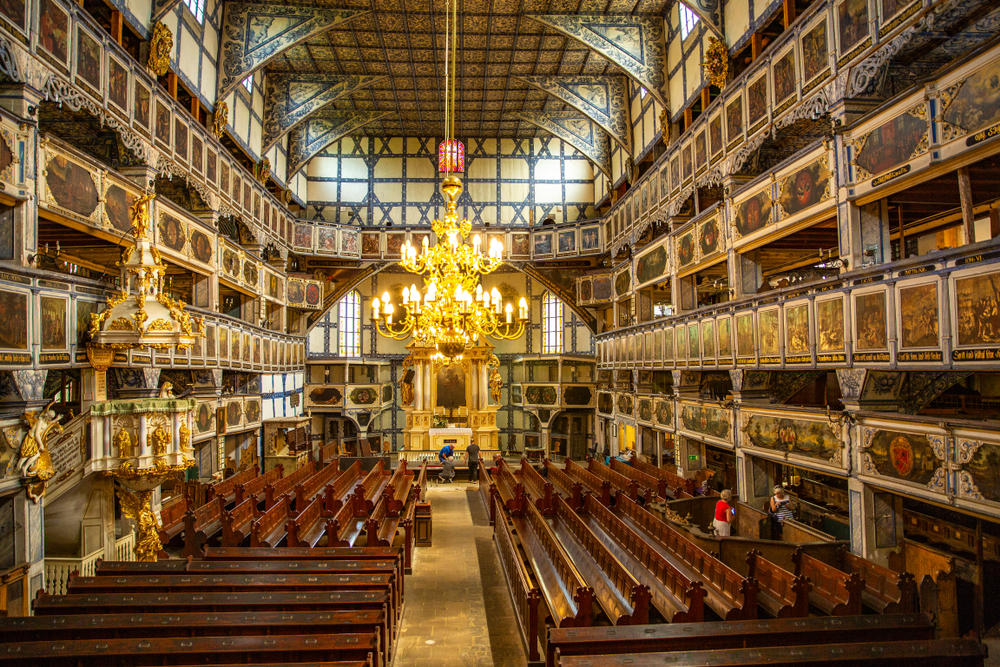
Inside the historic Church of Peace in Jawor. Photo credit: Traveller70 / Shutterstock.com

Inside the Church of Peace in Jawor. Photo credit: Traveller70 / Shutterstock.com



Comments
Post a Comment